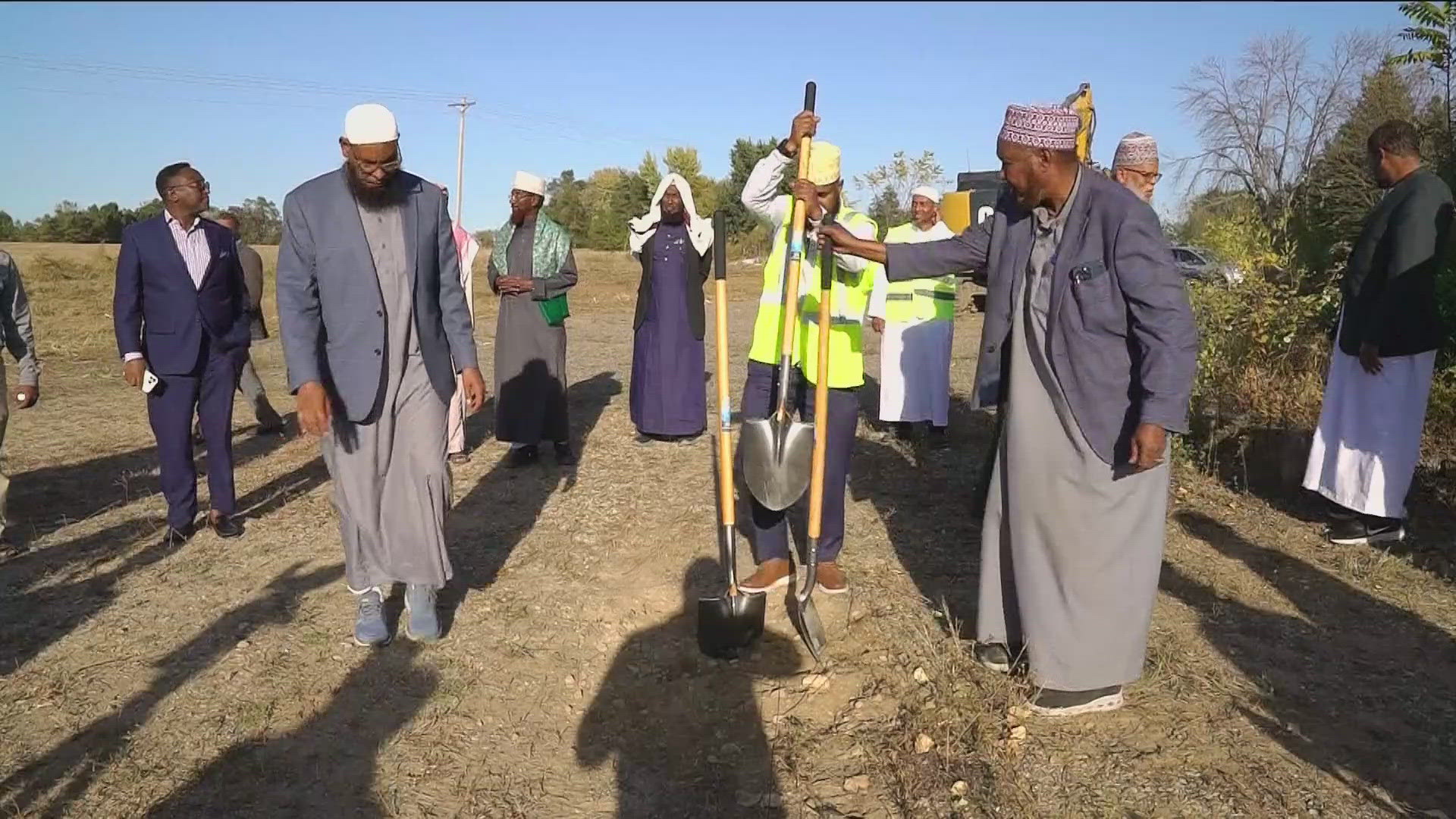FARMINGTON, Minn. — In the south metro Monday, ground was broken on what will be the state's largest cemetery for the Muslim community.
The project is 10 years in the making after leaders say hate crime attacks delayed it.
"We’re just hopeful this doesn’t happen to other communities," said CAIR-MN Executive Director Jaylani Hussein.
The property is in Castle Rock Township, just east of Farmington. Hussein said leaders bought the property after it had been forfeited. The 73 acres had once been a farm and a nursery.
"The goal of the project is to make it so that no one is turned away and everyone is welcomed to be buried in a manner that is respectful and under Islamic rules," said Hussein, who's still fundraising for the project.
The cemetery will be the largest and only Muslim-exclusive cemetery in Minnesota after one in Burnsville ran out of space.
"It's a lot of excitement, but it also brings back the trauma of all the things we had to go through," said Hussein.
He cites land-use discrimination that started in 2014 when their conditional use permit was reportedly first rejected. The Association of Cemeteries then filed a lawsuit, alleging religious discrimination. In 2016, Hussein said a Dakota County judge ruled the township's decision "arbitrary and capricious" and ordered the township to issue that permit.
Hussein said two vandalism incidents then occurred in 2017 and 2021 that included swastikas and other damage like broken windows and damaged gas lines.
In 2022, the permit was granted and allows the cemetery to include facilities for ritual washing and prayer rooms.
"You don’t know the importance of a cemetery until you start coming to it and for our community, we’re often showing up even if we don’t know the person," said Hussein.
Burials often happen quickly, sometimes within days and even hours. Hussein said the space will be a positive aspect to the community and will be a place for everyone to gather.
The cemetery is expected to open in May of 2025 and is designed to serve the Muslim community for the next 100 years.

